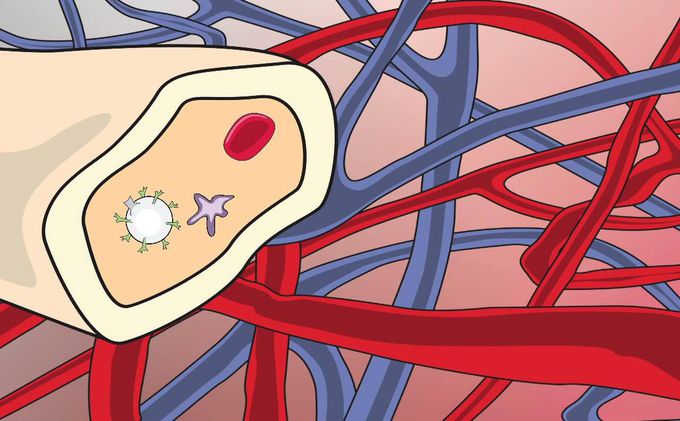


Blood Stem Cell Video
Hematopoietic stem cell function Deep inside the armour and protection of our skeletal system is our bone marrow, which is a soft tissue where blood and lymph cells are born from one common ancestor, called the hematopoietic stem cell. The hematopoietic stem cell produce billions of blood cells every day in a process that creates both "daughter" cells as well as new stem cells that repeat the process, creating an endless and regenerative cycle. Daughter cells are also known as progenitor cells because they continue a process of multiplying and dividing into different types of cells. This process is known as differentiation, where each new type of progenitor cell continues to divide and multiply into new types of cells until finally reaching the full maturity and differentiation. There are four primary types of cells created by the hematopoiesis process: red cells, white cells, platelets and plasma cells. Our blood cells typically reach full maturity in the marrow before they migrate into the blood vessels and enter the blood stream. Some white cells, such as T-cell lymphocyctes do not reach full maturity in the marrow, but instead migrate to the lymph nodes and thymus, where they continue evolving into fully mature and differentiated T-cells.

